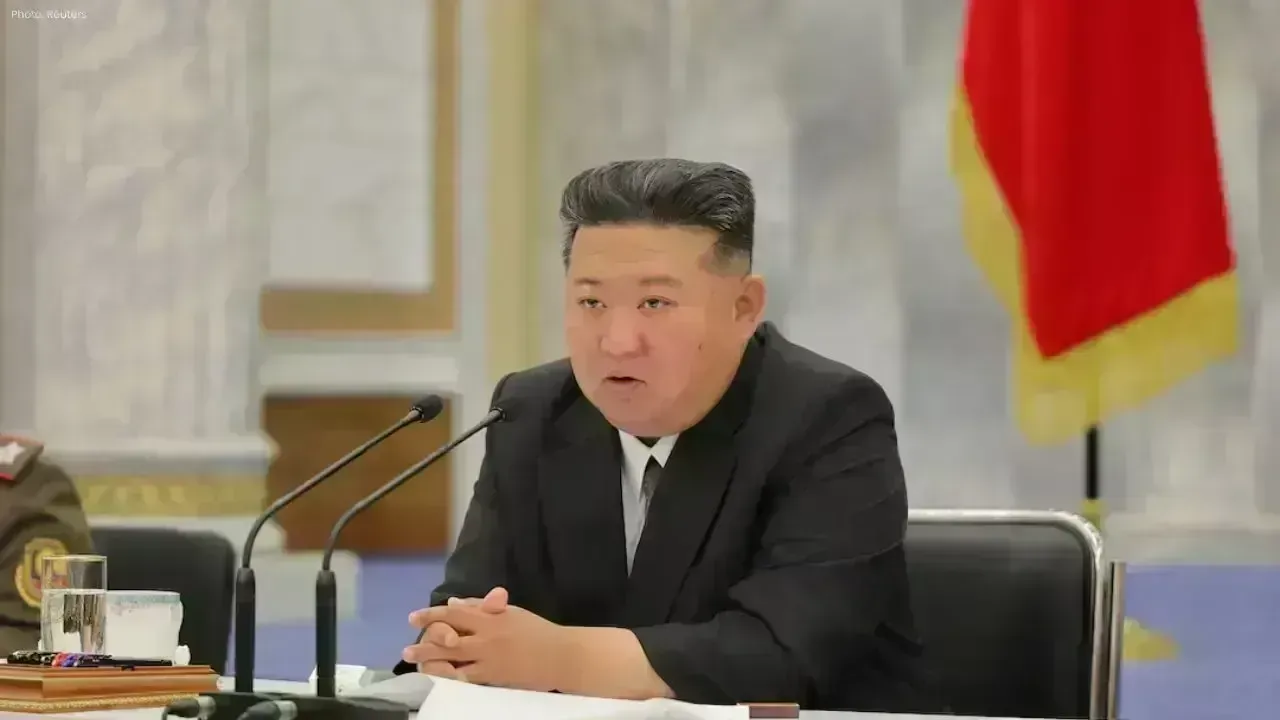You have not yet added any article to your bookmarks!

Join 10k+ people to get notified about new posts, news and tips.
Do not worry we don't spam!

Post by : Anis Farhan
With global monetary tides shifting in 2025, Southeast Asia’s central banks find themselves in a delicate position: navigating currency stability without stalling growth. After years of inflationary headwinds and U.S. Federal Reserve hikes, the global rate environment is now showing signs of softening. But for ASEAN economies—interlinked by trade, remittances, and volatile capital flows—the path ahead is anything but straightforward.
From Jakarta to Manila, policymakers are contending with currency volatility, uneven capital inflows, and growth-linked rate pressures, all while maintaining credibility in their domestic economies. It’s a monetary tug-of-war, where sovereignty meets interdependence, and where even a half-point adjustment can ripple through multiple sectors.
The U.S. Federal Reserve’s cautious signaling of rate cuts in the latter half of 2025 has softened the dollar, sparking renewed interest in emerging market assets. But the easing has also introduced new volatility. ASEAN currencies, which had depreciated through much of 2024, are now recovering—but unevenly.
Philippine peso and Vietnamese dong have strengthened on robust export data and improved remittance inflows.
Malaysian ringgit remains under pressure due to China-exposed trade headwinds.
Thai baht has been the most sensitive to capital movements, swinging with each Fed commentary.
Central banks have responded with a mix of foreign exchange market interventions, open market operations, and subtle monetary policy recalibrations—without triggering alarm or creating asset bubbles.
Each central bank is adapting its toolkit to local realities while responding to global cues:
Bank Indonesia has held its policy rate steady at 5.75% for three consecutive quarters but has stepped up intervention in the bond and currency markets, ensuring IDR stability as nickel exports surge.
Bangko Sentral ng Pilipinas (BSP) continues to walk a fine line—keeping interest rates high enough to manage inflation, while gradually relaxing liquidity to support household demand.
Bank Negara Malaysia (BNM) recently surprised markets by signaling a neutral rate stance, citing “persistent external fragility” even as domestic indicators improve.
These mixed approaches underscore a growing trend in the region: synchronization without uniformity, where policy frameworks are regionally aligned but contextually applied.
What makes the current scenario unique is the evolving architecture of global finance. Unlike past crises where ASEAN currencies were at the mercy of the dollar or yuan, today's central banks have greater access to:
FX swap lines (especially among ASEAN+3 countries),
Improved foreign reserves, and
Localized financial instruments like digital bond issuance and real-time settlement systems.
For example, Singapore’s MAS has expanded its digital FX corridor with Japan and Thailand, improving transparency and hedging efficiency for institutional traders.
These innovations are giving central banks greater agility to maintain currency sovereignty—even as they integrate more deeply with global capital systems.
Despite the volatility, investor sentiment toward ASEAN remains positive. The region is now seen as a hedge against both Western stagnation and Chinese over-dependence, with currency flexibility viewed not as a liability but as a strategic cushion.
In Q2 2025, ASEAN central banks were praised by global credit rating agencies for maintaining inflation within tolerable ranges while preserving enough monetary policy space for growth acceleration in H2.
Emerging tools like central bank digital currencies (CBDCs) and cross-border QR payment standards are further enhancing regional monetary resilience.
With geopolitical and macroeconomic uncertainty here to stay, the future of currency stability in Southeast Asia will hinge on multilateralism and data-led coordination.
Initiatives like the ASEAN Financial Integration Framework (AFIF) and real-time cross-border clearing systems may help smooth volatility while strengthening the region’s collective monetary credibility.
The currency tug-of-war may never end—but with smarter tools, clearer signals, and stronger coordination, ASEAN is better equipped than ever to stay in control of the rope.
This article is for informational purposes only and does not constitute financial or monetary policy advice. Please refer to central bank releases and official monetary policy statements for authoritative updates.










Thailand Defence Minister Joins Talks to End Deadly Border Clash
Thailand’s defence chief will join talks with Cambodia as border clashes stretch into a third week,

India Raises Alarm Over Fresh Attacks on Hindus in Bangladesh
India has condemned recent killings of Hindu men in Bangladesh, calling repeated attacks on minoriti

Sidharth Malhotra & Kiara Advani Celebrate Baby Saraayah’s 1st Christmas
Sidharth and Kiara share adorable moments of baby Saraayah’s first Christmas with festive décor and

South Korea Seeks 10-Year Jail Term for Former President Yoon Suk Yeol
South Korea’s special prosecutor demands 10 years for ex-President Yoon Suk Yeol on charges includin

Salman Khan’s Exclusive 60th Birthday Bash at Panvel Farmhouse
Salman Khan to celebrate his 60th birthday privately at Panvel farmhouse with family, friends, and a

Dhurandhar Breaks Records with Rs 1006 Cr, Becomes Bollywood’s Biggest Hit
Dhurandhar rakes in over Rs 1006 crore worldwide in 21 days, becoming Bollywood’s highest-grossing f